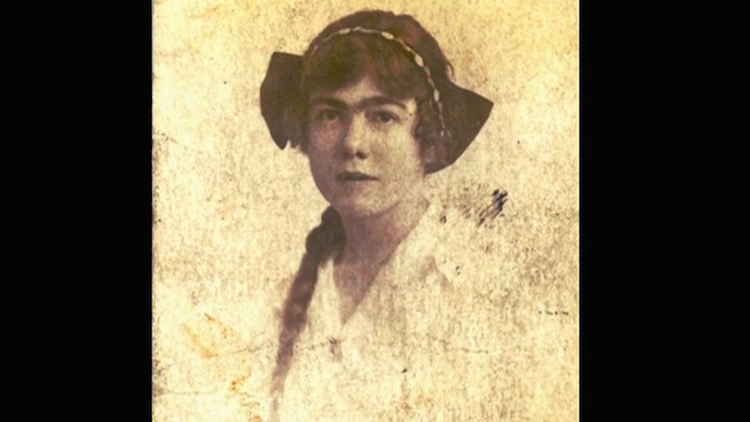Wor Women Left and Bereft

Wor Women Left and Bereft
Isobel reflects on her involvement in the Wor Women project and how it sparked an interest in her to discover more about the role of women in the First World War.
When approached to be part of the Wor Women project I thought it of interest, not realising it would ignite so much more in an appetite to discover the real truths and prejudice against a women’s capabilities within the era.
Isobel Fawcett
Comments
Wor Women Left and Bereft
When approached to be part of the Wor Women project I thought it of interest, not realising it would ignite so much more in an appetite to discover the real truths and prejudice against a women’s capabilities within the era.
One such true event I would like to share – that of Mrs Elizabeth Pascoe, who by 1914 had marries Thomas and had a daughter called Mary Clark Pascoe.
Thomas worked as an Engine Planeman in Beamish Pit, was a member of St Johns Ambulance and Methodist Church (his commitment to his faith is featured in his war diary.)
When he volunteered in March 1915 he joined the 1st Field Ambulance Division as a stretcher bearer thus leaving Elizabeth to cope with the austere day to day living conditions and praying for news – but never the telegram which sadly came following his death after being fatally wounded on the 23/12/1917.
So Elizabeth now a widow with Mary were obliged to leave their home as it was owned by the Pit (the house is now at Beamish Museum.)
So what happened to them? Where did they go? How could they afford to live?
The only information I have is that Mary never married and as the 1922 Census is not available I am looking into Durham Electoral Registers to locate them in intervening years – wish me luck in my quest!
Project Details
Name:
Wor Women on the Home Front
Description:
Wor Women on the Home Front explored the role of North East women during the First World War and the impact the War had on their lives and the lives of their families.


